Tags
Related Posts
Share This
Preview: OVF 2015
Outdoor Vision Fest 2015 takes place from 8:45-10:45 p.m., Friday, May 1, and will feature approximately 50 installations in a free self-guided environment (with food trucks).
Here are a few installations to look for:
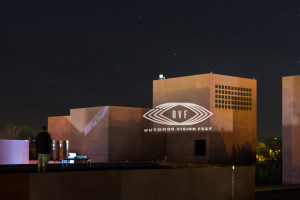
Chris Stahelin admires the OVF label projection beneath the night sky.
Senior in the photography department and former Jackalope staffer Chris Stahelin has been working on “fractal projections,” shown as screen shots in the pictures below. Stahelin has roughly 10 minutes of content to be looped on the main tower of the Marion Center, as well additional walls throughout the rest of the showcase.
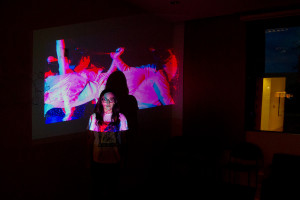
Photography major Jenn Carillo in front of Exposure Overlay, a collaborative project she conceived of for OVF.
Jenn Carrillo, a photography major, is contributing to a couple areas of OVF. First, she is part of Team Thunder Salami, a group that is projecting four different segments on the pillars in the back of the sound stones. She is also projecting original pieces in one of the photography rooms.
“We took the idea of multiple exposures to make GIF like images,” Carillo said.
Creative Writing, as a department, is not known for its strong showings at OVF, though this year that may change. Melinda Freudenberger leads a team of writers in setting up a fake bar tucked away in the courtyard.
“We wanted to focus on the physicality of language,” Freudenberger said. “To expose the word as more than something on a page.”
She hopes to achieve this by having a “drunk” writer pacing and reciting Marquez, hidden poems hanging from a tree and a fake dirty bathroom with literary graffiti like “Fascist Ezra turns me on.”
Despite the recent shuttering of SFUAD’s dance program, for the second year in a row there will be a live dance performance. Titled “Simulacrum, Wednesday Morning at 5 O’Clock,” dancers will be moving and posing behind the long glass hallway in the back of Tipton, while spectators can watch in the courtyard. The column divisions in the hallway are meant to frame the scene, like a department store window. “Simulacrum” plays with repetition and seeks to deconstruct every day gestures.






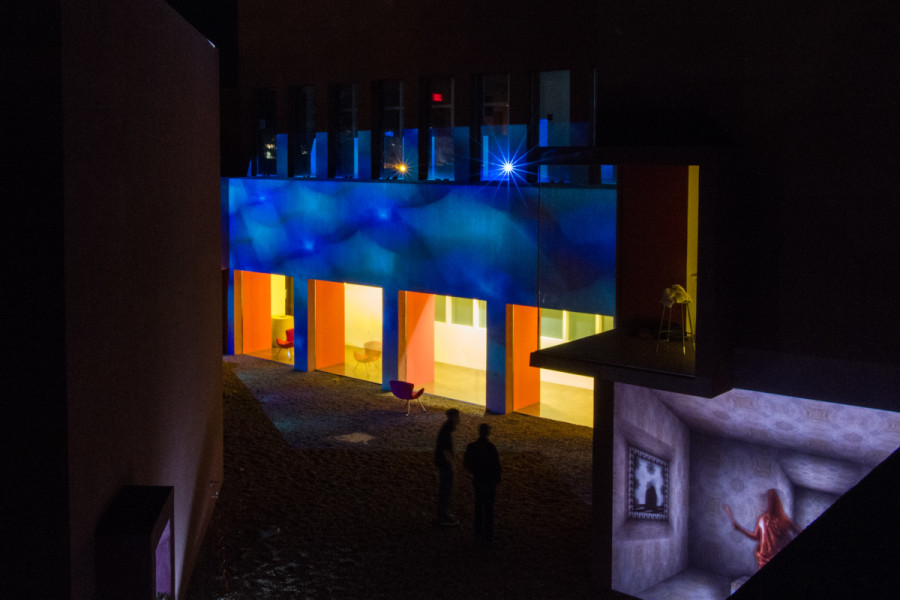
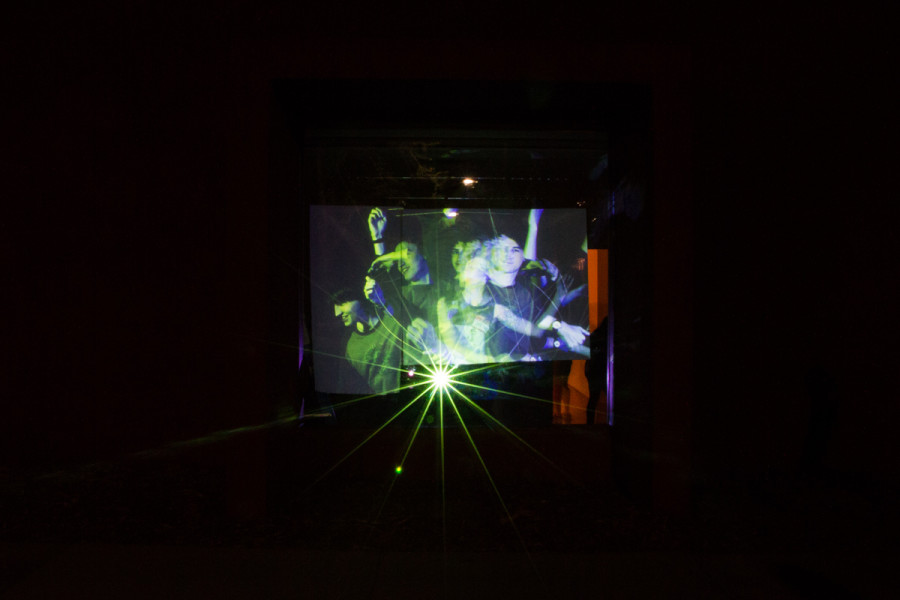
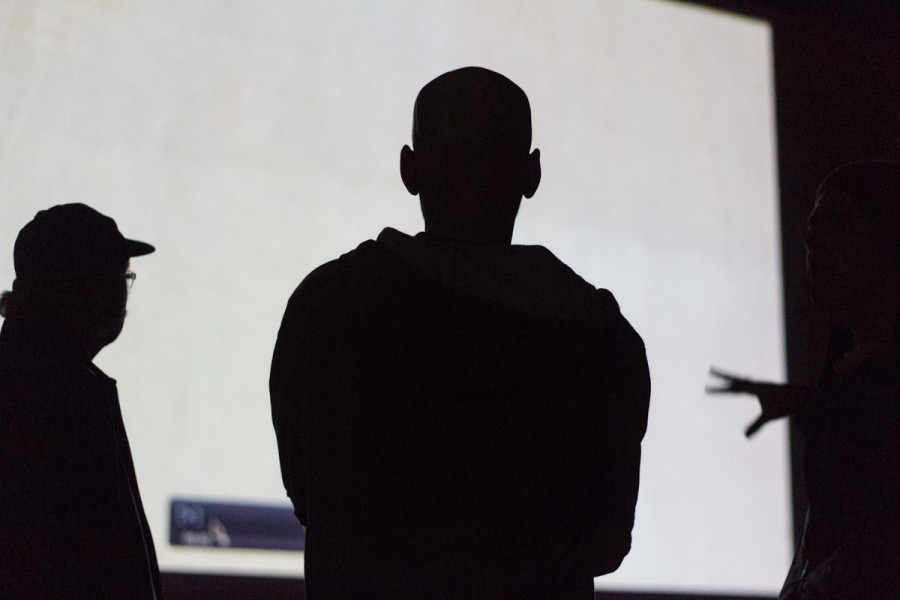
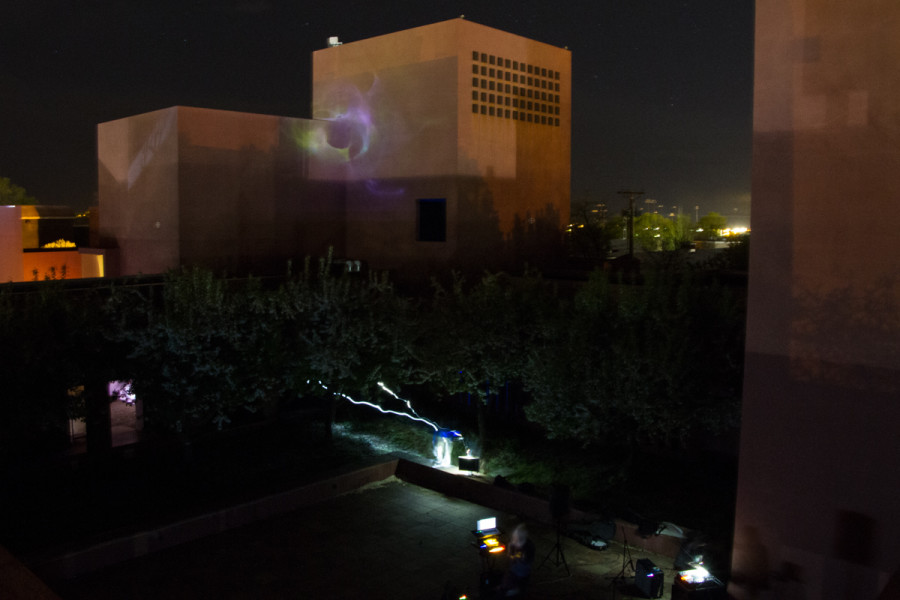
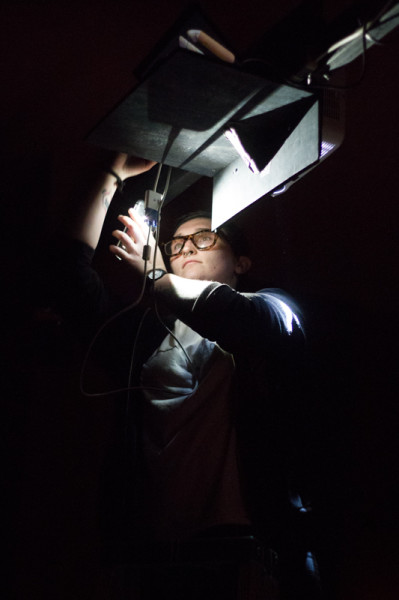
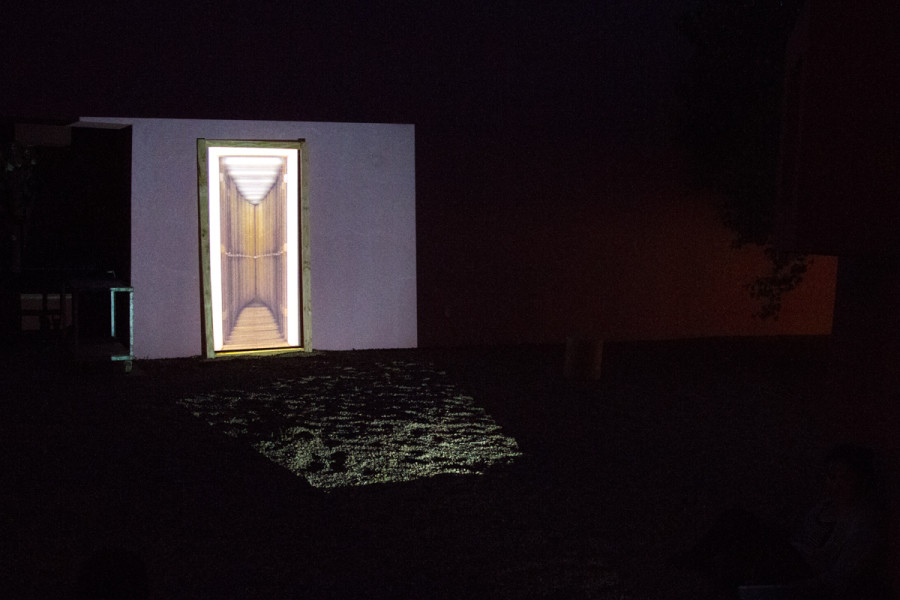
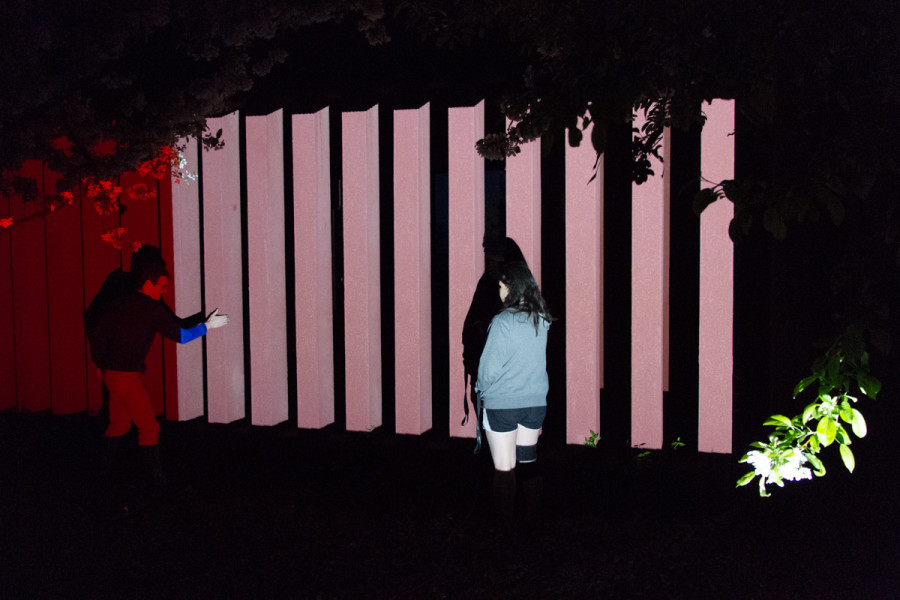
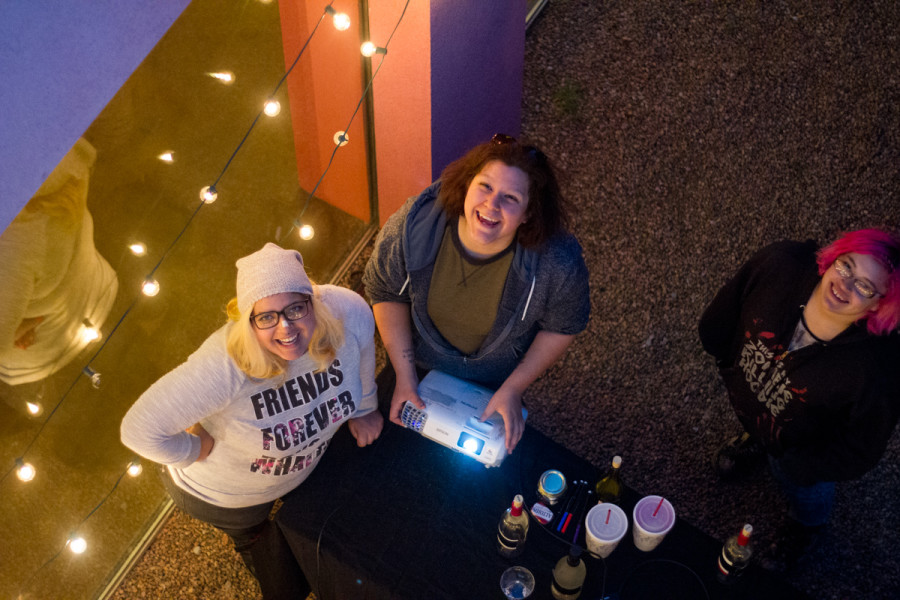
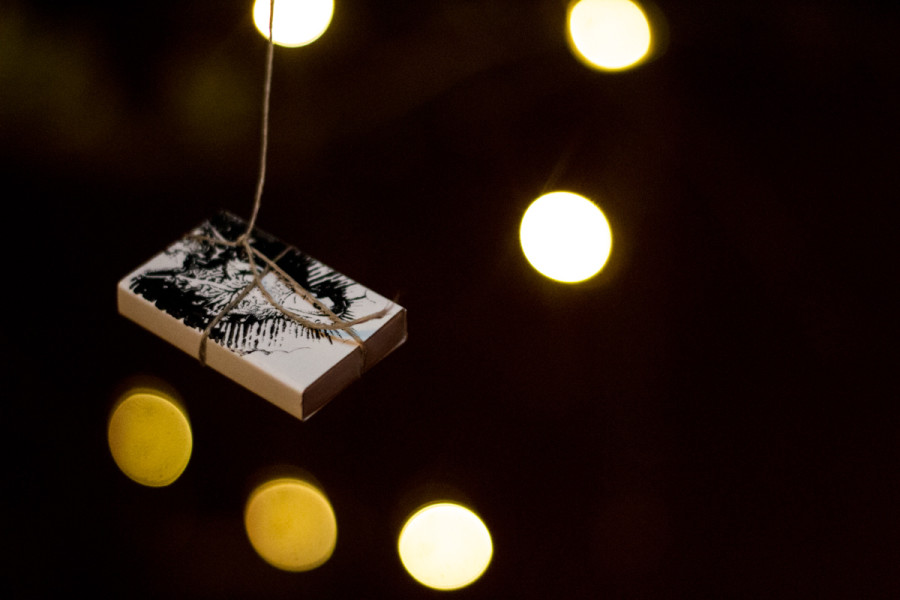
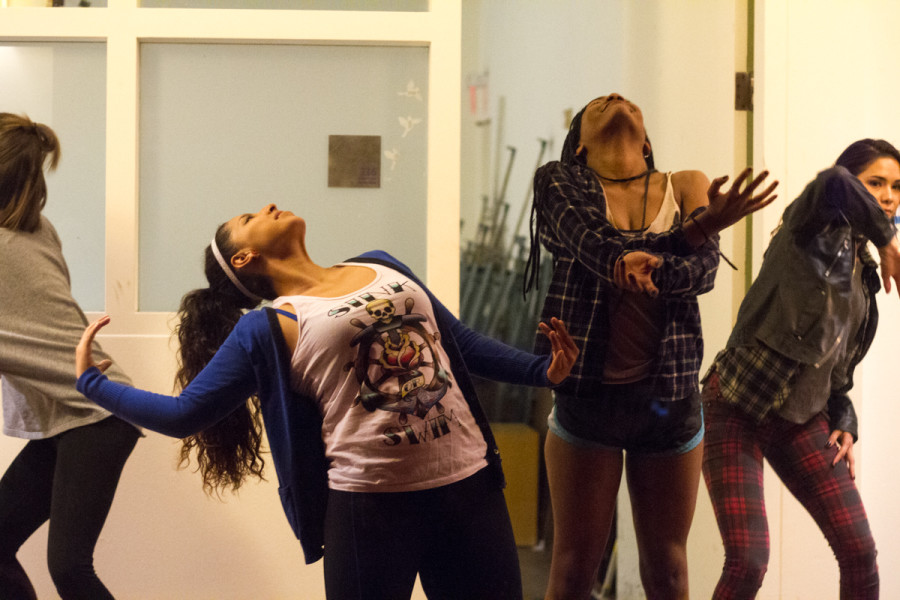
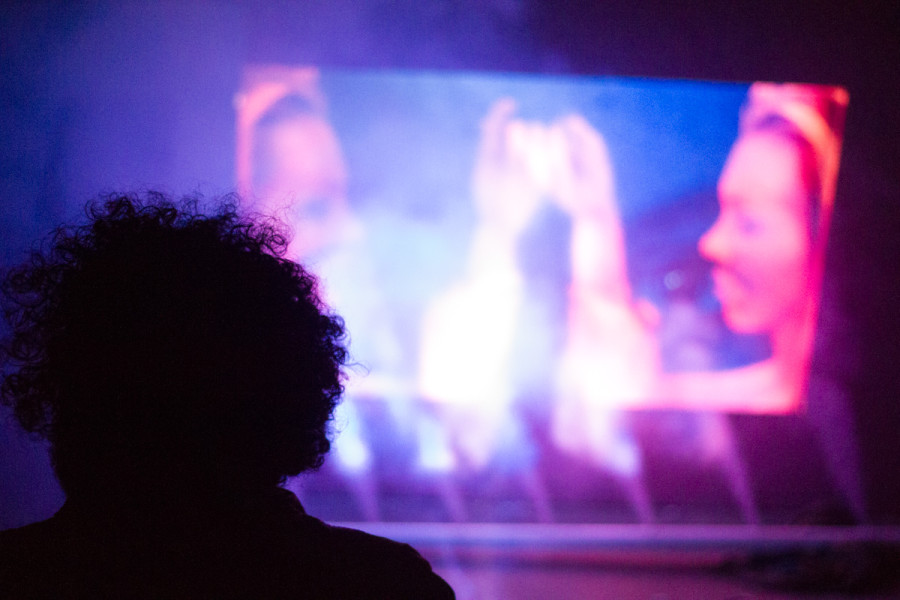
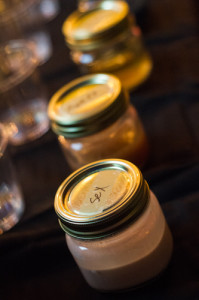
 Jackalope Magazine is the student magazine of Santa Fe University of Art and Design. Building on the interdisciplinary nature of our education, we aim to showcase the talent of our university and character of our city.
Jackalope Magazine is the student magazine of Santa Fe University of Art and Design. Building on the interdisciplinary nature of our education, we aim to showcase the talent of our university and character of our city.
Recent Comments